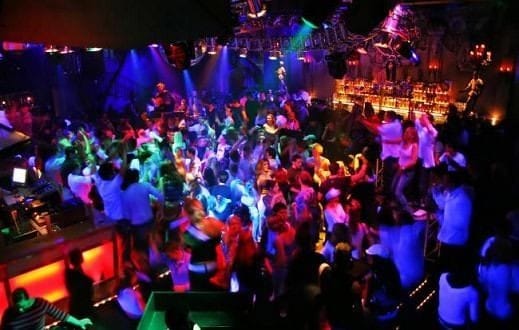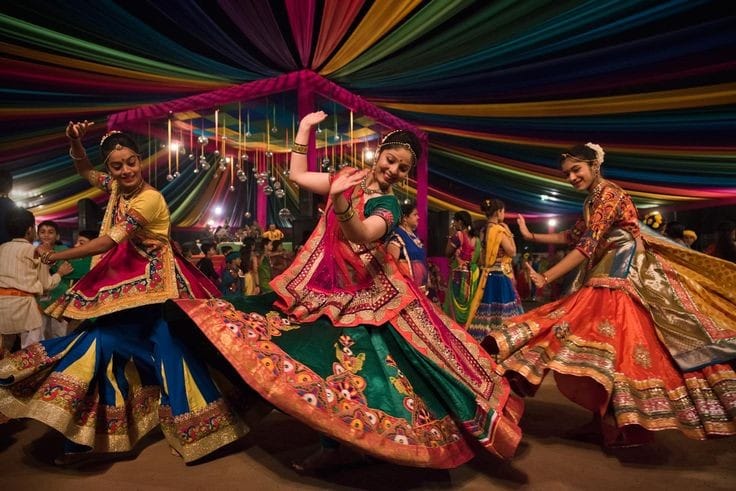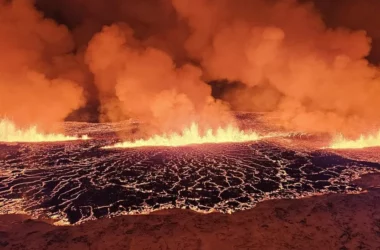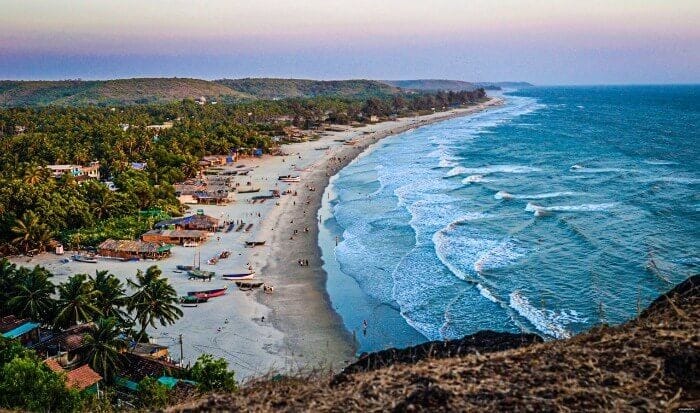India is known for its diverse and vibrant culture, which is reflected in its many festivals and celebrations. These festivals have been an integral part of Indian life for centuries and have evolved over time to reflect the changing social and cultural landscape of the country.
The evolution of Indian festival celebrations can be traced back to ancient times when people celebrated the changing seasons, harvests, and religious events. Festivals like Holi, Diwali, and Navratri have been celebrated for centuries, and their traditions have been passed down from generation to generation.
Over time, the meaning and significance of these festivals have evolved. For example, Holi, which was originally a celebration of the arrival of spring, has become a symbol of unity, love, and forgiveness. Similarly, Diwali, which was originally a celebration of the harvest, has become a festival of lights, signifying the triumph of good over evil.
One of the most significant changes in Indian festival celebrations has been the influence of globalization. The increasing exposure to Western culture has led to the adoption of new customs and practices. For example, Valentine’s Day, which is not traditionally celebrated in India, has become popular among young people in urban areas.
Another significant change has been the commercialization of festivals. Festivals like Diwali and Holi are now big business, with companies marketing their products and services to consumers during these times. This has led to a shift in the way festivals are celebrated, with a greater emphasis on material goods and less on traditional practices.
The evolution of Indian festival celebrations can also be seen in the changing role of technology. Social media platforms like Facebook and Instagram have become important tools for sharing festival greetings and images, and online marketplaces like Amazon and Flipkart have made it easier for people to buy festival-related products.
Despite these changes, many Indian festivals continue to be celebrated in traditional ways. For example, Navratri, which is a nine-day festival celebrating the goddess Durga, is still celebrated with music, dance, and fasting in many parts of India. Similarly, Eid-ul-Fitr, which marks the end of Ramadan, is still celebrated with feasting and prayer.
In recent years, there has been a renewed interest in reviving traditional festival celebrations. This has been driven in part by a desire to preserve cultural heritage, but also by a growing interest in eco-friendly and sustainable practices. For example, many people are now celebrating Diwali with diyas made from organic materials instead of electric lights.
In conclusion, the evolution of Indian festival celebrations over time reflects the changing social, cultural, and economic landscape of the country. While some traditions have been lost or altered, many festivals continue to be celebrated in traditional ways, reflecting the rich and diverse cultural heritage of India. The future of Indian festivals is likely to be shaped by a combination of traditional practices, modern technologies, and changing social attitudes.










